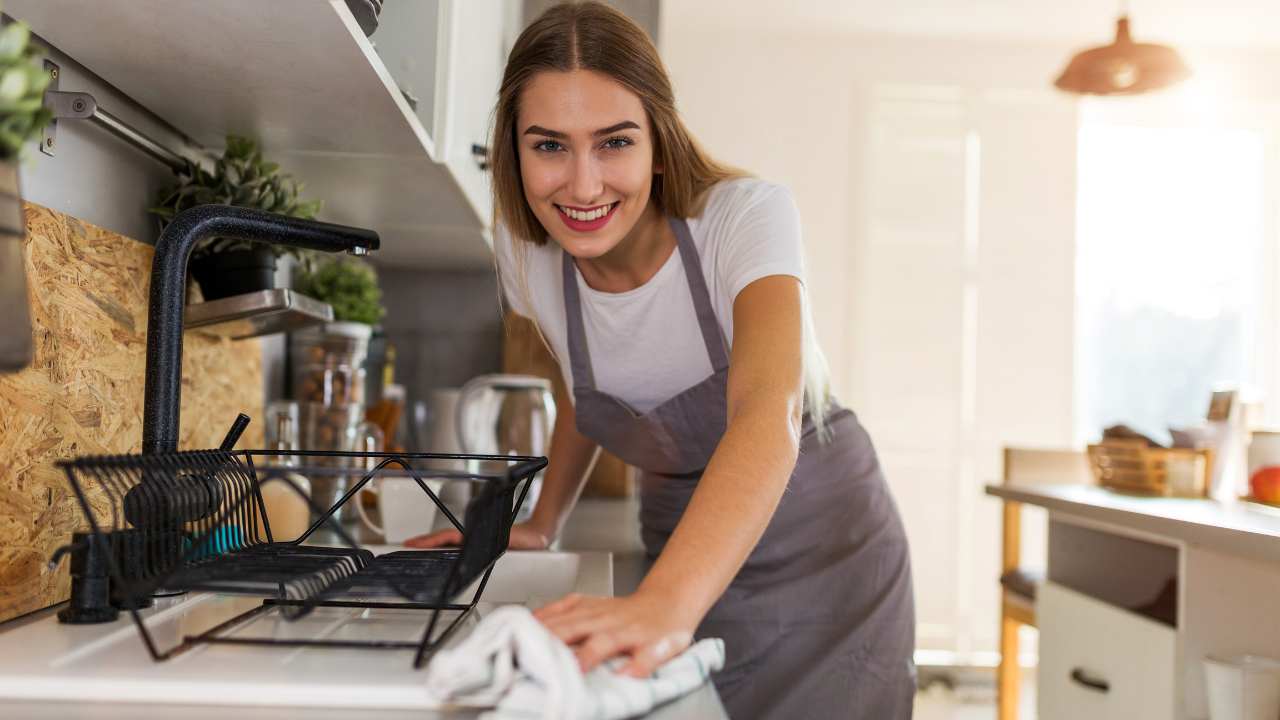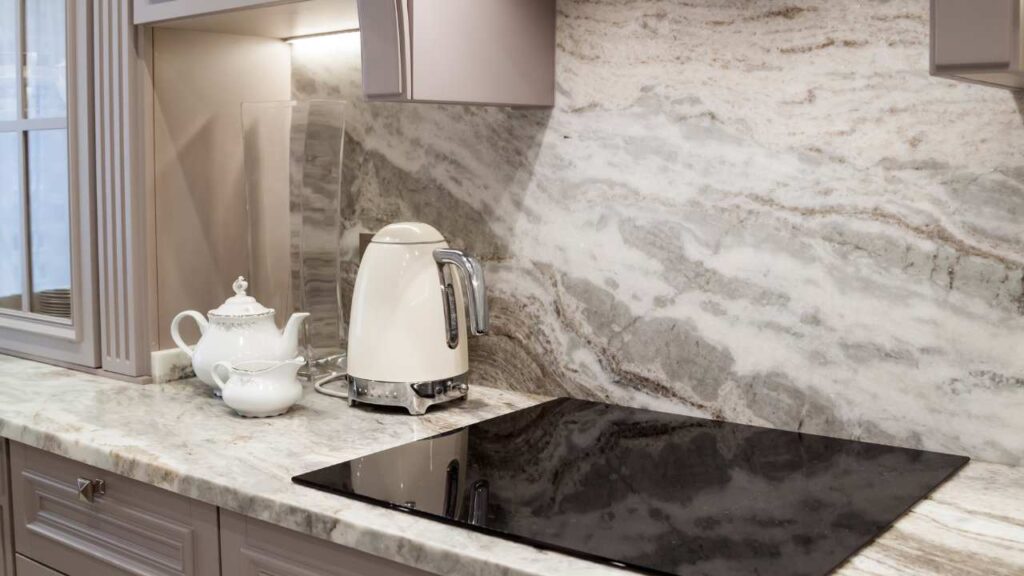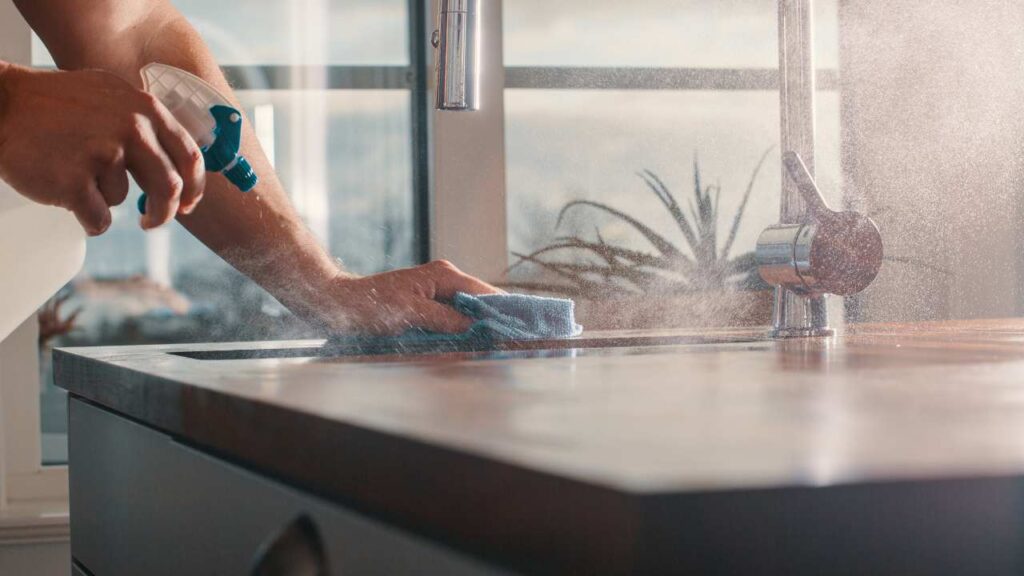Stain-Proof Your Kitchen: 6 Tips and Tricks

Stains are an inevitable part of kitchen life, but that doesn’t mean they have to be permanent fixtures on your countertops and appliances. With the right preventative measures and cleaning techniques, you can transform your kitchen into a stain-proof sanctuary. Here, we offer six tips and tricks to help you keep your kitchen surfaces immaculate and extend their lifespan.
1. Choose Stain-Resistant Materials

The foundation of a stain-proof kitchen begins with the materials you choose for countertops, backsplashes, and flooring. Opt for surfaces known for their durability and resistance to staining, such as quartz, stainless steel, or laminate. Quartz, for example, is non-porous, which prevents liquids from seeping in and causing stains. Stainless steel, while susceptible to smudges, is resistant to more severe stains and is easy to clean with the right products. Laminates, on the other hand, are budget-friendly and treated specifically to resist stains, making them a practical choice for busy households.
2. Seal Natural Stone Surfaces
If your heart is set on the aesthetic of natural stone like granite or marble, don’t fret; there are ways to mitigate their susceptibility to stains. These natural stones are porous, allowing liquids to penetrate and cause discoloration. Regularly sealing these surfaces can create a protective barrier that significantly reduces this risk. Depending on the type of stone and its usage, sealing should be done every six months to a year. Remember to use a high-quality stone sealer and follow the manufacturer’s application instructions for the best results.
3. Implement a Spill Management Strategy

Despite your best efforts, spills will happen. The key to maintaining a stain-proof kitchen is a proactive approach to spills. Clean them up immediately. Allowing liquids to sit gives them time to penetrate surfaces, increasing the likelihood of stains. For everyday spills, keep microfiber cloths or paper towels within easy reach. For tougher, stickier messes like tomato sauce or red wine, a quick mix of baking soda and water can act as a mild abrasive cleaner to lift the stain without damaging your surfaces.
4. Regular Maintenance is Key
Establishing a daily or weekly cleaning routine that includes wiping down all surfaces can help prevent stains before they have a chance to set. Regular maintenance doesn’t just keep stains at bay; it also enhances the longevity and appearance of your kitchen materials. Simple habits like wiping your counters before bed or doing a quick sweep of your backsplash after cooking can make a significant difference. Don’t forget to clean less apparent areas like the inside of your sink, faucet handles, and the edges of your appliances where grime tends to accumulate.
5. Use Surface-Specific Cleaners

It’s crucial to know your kitchen surfaces and what cleaning agents work best with them. Each material has unique properties, and using the wrong cleaner can sometimes cause more harm than good. For instance, vinegar is a fantastic natural cleaner for stainless steel, making it gleam by cutting through grime. However, it is acidic and should not be used on natural stone as it can etch the surface. Instead, opt for pH-neutral cleaners specifically designed for stone. Having a variety of surface-specific cleaners will ensure you’re always prepared.
6. Protect High-Traffic Areas
High-traffic areas like countertops near the stove, the sink, or anywhere you regularly prepare food are more prone to stains. Protect these zones by using mats, trivets, or cutting boards. Not only do they prevent scratches and stains, but they also offer an additional layer of heat protection for hot pots and pans. Investing in attractive, high-quality protection products allows you to maintain a cohesive kitchen design while safeguarding your surfaces.

Creating a stain-proof kitchen may seem daunting, but it’s all about making informed choices and establishing good habits. By selecting durable materials, using the correct cleaning products, addressing spills promptly, and being diligent about routine maintenance, you can significantly cut down on the time and frustration involved in cleaning and enjoy a beautiful, stain-resistant kitchen for years to come. Remember, the kitchen is the heart of the home, and keeping it in pristine condition enhances not just its functionality but also its welcoming atmosphere.
More from DIY Reveal: